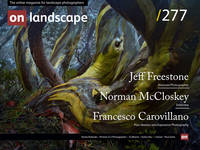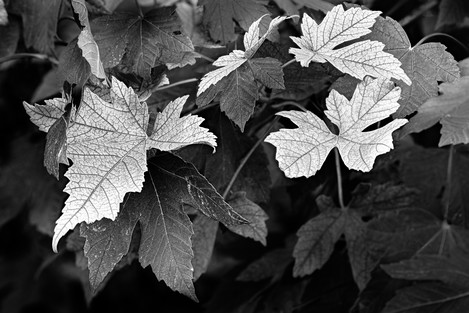Japonisme

Francesco Carovillano
Through nature and image-making I keep discovering who I am. The more I grow older, the more these two things merge together.
I’m a full-time landscape photographer mainly working in the forest of Fontainebleau, France.
My first encounter with Hasui’s work was like meeting a kindred mind as well as a mentor. It was a warm evening, and I had just visited the Museum Pompidou in Paris with my girlfriend and a visiting friend. Despite living within the limits of the Paris Region (called Ile-de-France), it is rare for us to spend time in Paris, but the occasion to see an old friend and visiting an exhibition was more than enough to convince us both. Towards the end of the afternoon, our friend left for the airport, and we kept strolling around Beaubourg Quartier until nightfall. A small bookstore had practically invaded one of the long paved pedestrian roads with his many book stalls. Parisian book stalls are renowned to have rare art books in quantity. As we both love books, especially art ones, without saying a word, we were already in compulsive browsing mode, and our sole preoccupation was if we had enough time before it closed.
After a short while, I happened to see a book with a marvellous illustration of a Japanese scene, just lying there on top of a pile of books. What struck me the most at first was the masterfully balanced composition and the exquisite colour choices, which conveyed an intense mood. I instantly felt the desire to see more from this book and to learn about its creator, whom at that point I didn’t even know the name of, but I recognised that what I saw was the result of decades of practice, passion and dedication to the craft.
As I opened the book and browsed through it, I was a bit let down by the almost complete lack of text as I would have hoped for information about the artist and his work, but I was pleased to see an extensive gallery showing his superb work. The richness of each artwork and the consistency in quality convinced me to buy the book titled in French “Le Japon Eternel” (“Eternal Japan”) by French publisher “Editions Langlaude”. Despite there being many other art books, this is the only one I bought. I knew it would have kept me busy for a while despite its lack of written explanations. To remedy that, I had to find out more about the artist’s life elsewhere.
After a long time contemplating the work shown in the book, I started to research the artist. His name was Kawase Hasui, and lived between 1883 and 1957. So called “poet of the emotions of travel”, he was the heir to the landscape painters of the Ukiyo-e pictorial school (approximately 1650-1890) and one of the main representatives of a long tradition of painters of Japanese woodblock prints in the first half of the 20th century. With his prints series "Twenty views of Tokyo" or "Choice of landscapes of Tokaido" he enters into the tradition of painters of famous sites of Japan, following the path already traced by Katsushika Hokusai (1760-1849) and by Utagawa Hiroshige (1797-1858). Hasui was the most successful and prolific artist of the Shin-Hanga movement (1906-1950) and specialised in landscape views.
How were Japanese prints made?
The Japanese print uses the technique of xylography, a woodcut relief printing technique. Each print was entirely made by hand, no printings press was used. It comes from a very old process that came from China and arrived in Japan around the 8th century, used for writing books and copying sutras (Buddhist canons), then abandoned by lay patrons for painting or illustration. It was, therefore, only around the 17th century that images were made for non-religious purposes.


